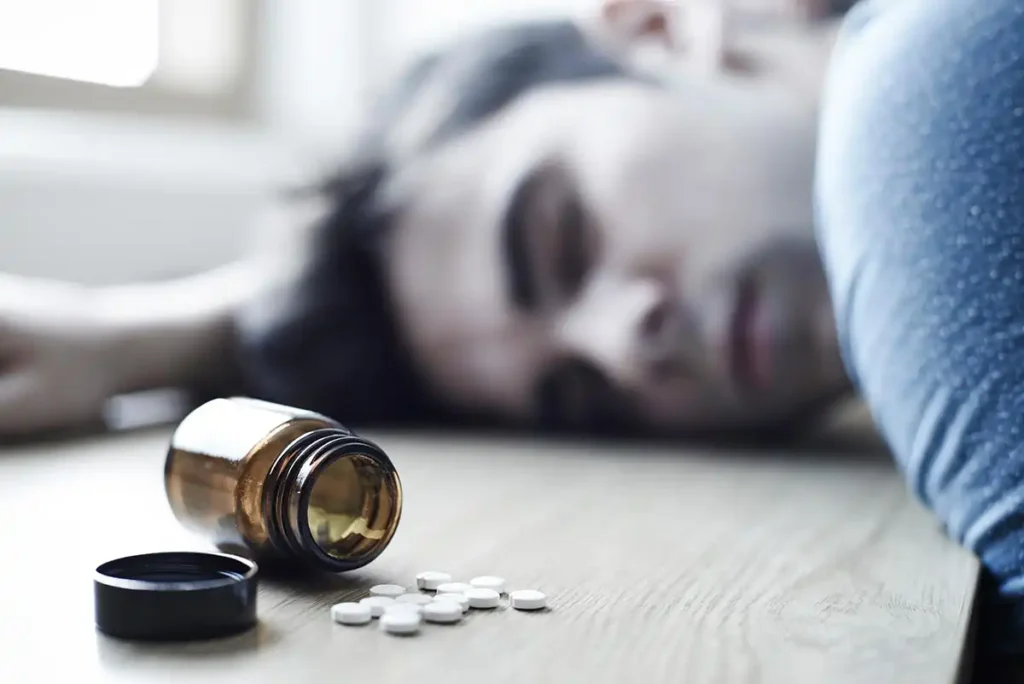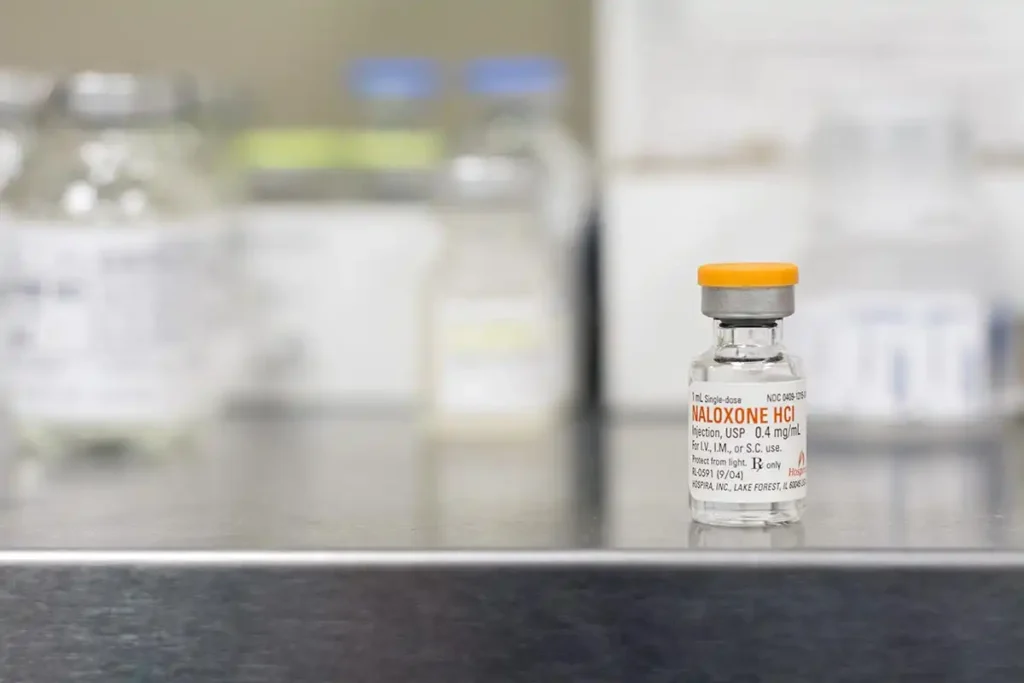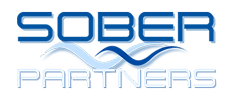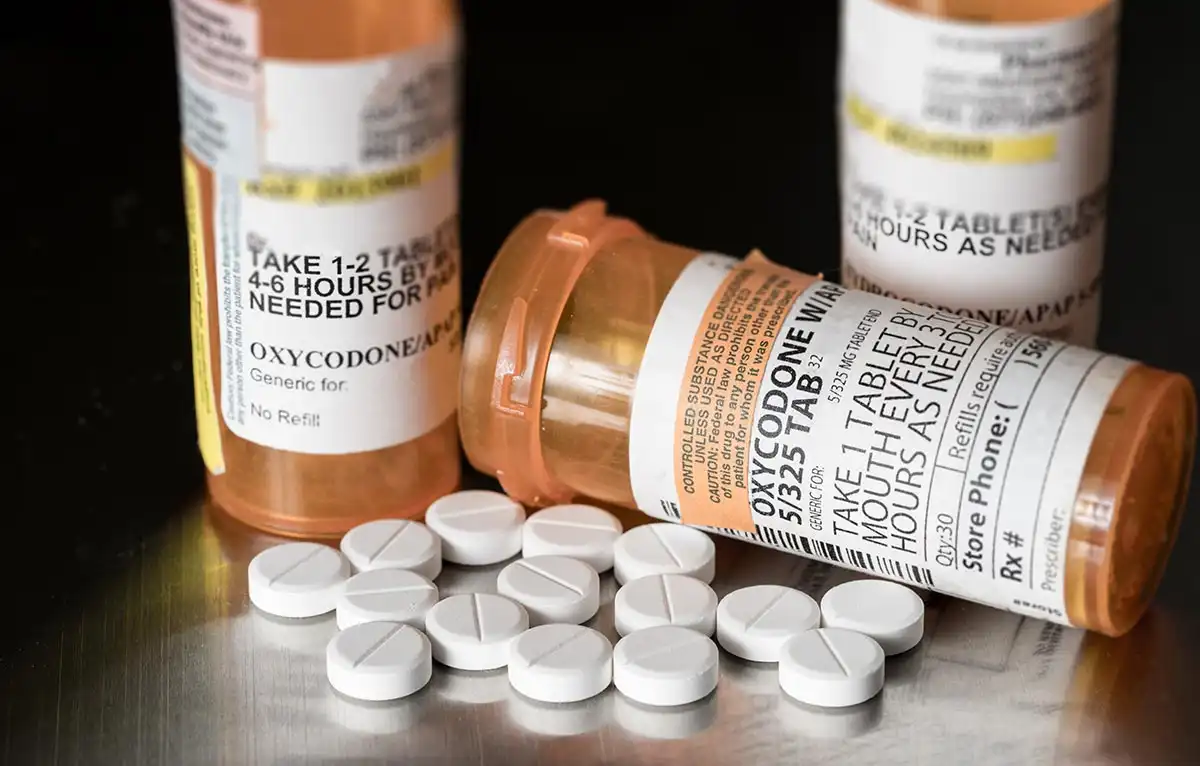Opioid addiction has become a major public health crisis, contributing to tens of thousands of overdose deaths each year. Opioid overdose can be fatal, but timely intervention with naloxone can save lives. Understanding the signs of an opioid overdose and how to administer naloxone is crucial for anyone affected by opioid addiction, including those in recovery, their loved ones, and healthcare providers. At Sober Partners, we are committed to raising awareness about opioid overdose and equipping individuals with the knowledge and tools necessary to respond effectively.
Understanding Opioid Overdose
Opioids, including prescription painkillers, heroin, and synthetic opioids like fentanyl, work by binding to opioid receptors in the brain to reduce pain and produce feelings of euphoria. However, when taken in excessive amounts, opioids can suppress the central nervous system, leading to respiratory depression, unconsciousness, and death.
Common Risk Factors for Opioid Overdose:
- High Dosage or Potency: Fentanyl and other synthetic opioids are significantly more potent than heroin or prescription opioids.
- Mixing Substances: Combining opioids with alcohol or benzodiazepines increases the risk of respiratory failure.
- Reduced Tolerance: Individuals who have stopped using opioids (due to detox, treatment, or incarceration) may experience a significantly lowered tolerance, making relapse particularly dangerous.
- History of Overdose: A previous overdose increases the likelihood of experiencing another one.
- Using Alone: Overdoses often turn fatal when no one is present to provide immediate assistance.
Recognizing an Opioid Overdose
Identifying the signs of an opioid overdose can mean the difference between life and death. Symptoms typically include:
- Slow, shallow, or stopped breathing
- Unresponsiveness or unconsciousness
- Pinpoint pupils
- Blue or pale lips and fingernails
- Gurgling or choking sounds
- Limp body
If you suspect someone is experiencing an opioid overdose, act immediately by calling 911 and administering naloxone if available.

Get Your Questions Answered Now

What is Naloxone?
Naloxone, commonly known by the brand name Narcan, is an opioid antagonist that rapidly reverses the effects of opioid overdose. It works by binding to opioid receptors and displacing the opioid molecules, restoring normal breathing and consciousness within minutes.
Forms of Naloxone:
- Injectable Naloxone: Administered via intramuscular injection using a syringe.
- Nasal Spray (Narcan): A pre-measured, easy-to-use nasal spray commonly distributed to the public.
- Auto-Injector: A device that provides voice instructions for injection, making administration easier for untrained individuals.
How to Administer Naloxone
Administering naloxone correctly can save a life. The process varies slightly depending on the type of naloxone available, but general steps include:
- Check for Responsiveness: Try to wake the individual by calling their name and rubbing their sternum with your knuckles.
- Call 911: Emergency medical assistance is necessary even if naloxone is administered.
- Administer Naloxone:
- Nasal Spray: Insert the nozzle into one nostril and press the plunger to release the dose.
- Injectable Naloxone: Inject into the outer thigh or upper arm muscle.
- Perform Rescue Breathing and CPR if Necessary: If the person is not breathing, provide rescue breaths and chest compressions until emergency responders arrive.
- Monitor and Repeat if Needed: If there is no response within 2-3 minutes, administer a second dose of naloxone.
The Importance of Access to Naloxone
Expanding access to naloxone is a critical step in reducing opioid-related deaths. Many states have implemented standing orders allowing naloxone to be dispensed at pharmacies without a prescription. Community organizations, harm reduction programs, and treatment centers like Sober Partners also provide naloxone and training on its use.
Who Should Carry Naloxone?
- Individuals recovering from opioid addiction
- Friends and family of those struggling with opioid use disorder
- First responders and healthcare professionals
- Community members, especially in high-risk areas
Overcoming Stigma and Encouraging Preparedness
Despite its life-saving potential, naloxone is sometimes met with stigma. Some people mistakenly believe that making naloxone widely available encourages drug use. However, research has consistently shown that naloxone access does not increase substance use; rather, it empowers individuals to respond effectively in emergency situations and seek long-term treatment.
At Sober Partners, we advocate for education and preparedness. Carrying naloxone should be as normalized as carrying a first-aid kit. Knowing how to use it can make a crucial difference in preventing fatal overdoses and giving individuals a second chance at recovery.
Moving Beyond Overdose Prevention: Seeking Treatment
While naloxone can save lives, it is not a long-term solution to opioid addiction. Recovery requires comprehensive treatment, including detox, therapy, and ongoing support. At Sober Partners, we offer:
- Medical Detox: Supervised withdrawal management to safely rid the body of opioids.
- Inpatient and Outpatient Treatment: Personalized care plans that address the root causes of addiction.
- Therapy and Counseling: Cognitive-behavioral therapy (CBT), group therapy, and holistic approaches to healing.
- Aftercare and Relapse Prevention: Ongoing support to maintain sobriety and build a healthier future.

Conclusion
Opioid overdose is a preventable tragedy, and naloxone administration is a vital tool in saving lives. Understanding overdose risks, recognizing the signs, and knowing how to use naloxone can empower individuals and communities to take action. However, true recovery requires more than just emergency intervention—it necessitates comprehensive addiction treatment and support.
At Sober Partners, we are dedicated to providing the education, resources, and compassionate care needed to help individuals overcome opioid addiction and reclaim their lives. If you or a loved one is struggling with opioid use disorder, reach out today. Recovery is possible, and we are here to help every step of the way.



